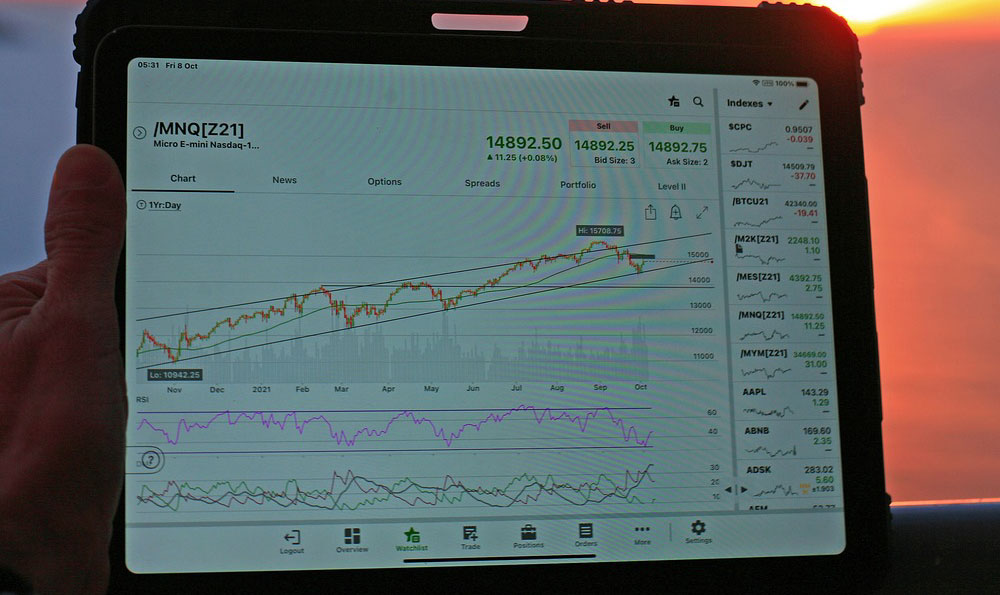Canva is a versatile digital design platform that has revolutionized the way creators and entrepreneurs showcase their ideas, build brands, and generate income from the comfort of their homes. While it may seem like a tool primarily for graphic design, its applications extend far beyond aesthetics, offering a gateway to financial independence for those who understand how to leverage its capabilities. In a world where digital content creation is becoming increasingly integral to the economy, Canva represents a unique opportunity to monetize creativity, but success requires more than just skill—it demands strategic thinking, risk management, and a clear understanding of market trends. For creators looking to turn their designs into revenue streams, it's essential to explore both the creative and financial dimensions of this platform, as well as the potential pitfalls that may arise if not approached with caution.
The first step in making money online with Canva is identifying the right niche or target audience. Design platforms are saturated with content, so standing out requires a deep understanding of what your audience needs. Whether it's branding materials for small businesses, social media graphics for influencers, or educational resources for students, success lies in solving a specific problem or fulfilling a demand that others may overlook. This process involves market research, competitor analysis, and refining your unique value proposition. By focusing on a niche, you not only reduce the risk of competition but also create a more targeted approach to monetization, which can lead to higher returns.
Monetization strategies on Canva often rely on combining creativity with traditional business models. One of the most straightforward methods is selling design templates or graphics through Canva's marketplace. However, this requires not only creating visually appealing designs but also optimizing for searchability and relevance. Successful creators invest time in understanding Canva’s algorithm, incorporating trending keywords, and ensuring their work meets the quality standards required to gain visibility. Additionally, they may diversify their offerings by creating printable products, downloadable assets, or even physical merchandise that integrates Canva designs. This approach can bridge the gap between digital creation and tangible profit, especially when paired with e-commerce platforms or print-on-demand services.

Another avenue involves building a personal brand around your design expertise. This necessitates a balance between consistent content creation and strategic engagement. Creators often use Canva to design social media posts, newsletters, or blog visuals, which can then be combined with their personal websites or YouTube channels to attract a loyal following. Once a substantial audience is established, monetization can take the form of branded collaborations, affiliate marketing, or even Patreon subscriptions. The key here is to build trust and authority in your niche, as a well-curated brand can become one of the most valuable assets for long-term profitability.
For those looking to scale their income, Canva’s collaboration with platforms like Shopify and Gumroad opens new possibilities. By integrating Canva designs into online stores, creators can offer customizable templates, branding kits, or visual assets as products for sale. This method not only allows for recurring revenue but also reduces the manual effort involved in repetitive design tasks. Additionally, it’s crucial to consider the financial implications of scaling, such as setting up a business structure that minimizes tax burdens and ensures legal compliance. While Canva itself does not charge fees for using its platform, operating a business online requires careful attention to expenses, including domain registration, software subscriptions, and marketing budgets.
Investing in the success of Canva-based ventures often involves a blend of creativity and financial planning. Creators should consider reinvesting a portion of their earnings into tools that enhance their design capabilities, such as Adobe Photoshop or Canva Pro, which offer advanced features for professional-grade work. Moreover, diversifying income sources can help mitigate risks associated with relying heavily on a single platform. For instance, combining Canva’s strengths with other digital platforms like Instagram or TikTok can create a more robust revenue model, as cross-promotion and multi-channel engagement can amplify reach and profitability.
It’s also important to recognize that while Canva provides a valuable tool for monetization, it is not a guaranteed path to wealth. Success depends on factors such as consistency, audience engagement, and adaptability to market changes. Creators should be prepared to iterate their strategies, refine their offerings, and experiment with different monetization models to find the most effective approach. Additionally, staying informed about updates to Canva’s platform and industry trends can help ensure that their business remains competitive and profitable in the long run.
In conclusion, making money online with Canva requires a strategic approach that combines creative skill, market insight, and financial discipline. By identifying a niche, diversifying income streams, and investing in tools and education, creators can turn their designs into a sustainable source of income. However, success is not instantaneous—it demands patience, persistence, and a willingness to adapt. When approached with the right mindset, Canva can serve as a powerful tool for financial empowerment, but it is just one piece of the puzzle in the broader journey of building a successful online business.












